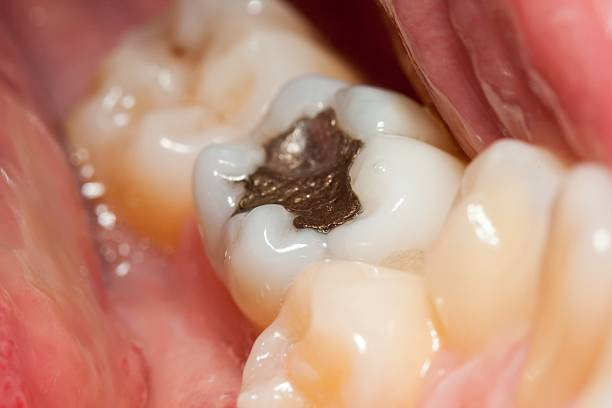How Bad Do Fillings Hurt? Quick Relief Tips

The dreaded dentist’s chair - a place where many of us dread to sit, especially when we know we’re in for a filling. The thought of a drill buzzing away at our tooth, the sound of scraping and drilling, and the uncertainty of how much it will hurt can be daunting. But just how bad do fillings hurt, and are there any quick relief tips to make the experience more bearable?
To answer this, let’s first understand the process of getting a filling. A filling is a dental procedure where a tooth is filled with a material, such as amalgam or composite resin, to repair damage caused by decay or trauma. The process typically involves:
- Anesthesia: The dentist will administer a local anesthetic to numb the area around the tooth. This is usually done with a quick injection, which might sting for a second or two.
- Drilling: Once the area is numb, the dentist will use a drill to remove the decayed portion of the tooth.
- Filling: The tooth is then filled with the chosen material, which is shaped and polished to match the surrounding teeth.
Now, about the pain - the good news is that most people experience little to no pain during a filling procedure. The local anesthetic does an excellent job of numbing the area, making the process relatively painless. However, some people might feel a slight pinch or pressure during the procedure, especially when the drill is being used.
But what about after the procedure? Once the anesthetic wears off, you might experience some sensitivity or discomfort, which can range from mild to moderate. This is usually temporary and can be managed with over-the-counter pain relievers or other remedies.
Here are some quick relief tips to help make the experience more comfortable:
- Take an over-the-counter pain reliever: Before the anesthetic wears off, consider taking an over-the-counter pain reliever like ibuprofen or acetaminophen to help manage any discomfort.
- Use a cold compress: Applying a cold compress to the outside of your cheek or mouth can help reduce swelling and ease pain.
- Eat soft foods: For the first few days after the procedure, stick to soft foods like yogurt, soup, or scrambled eggs to avoid putting too much pressure on the filled tooth.
- Avoid chewing on the filled tooth: Try to avoid chewing or biting down on the filled tooth for a few days to allow the filling to set properly.
- Use a desensitizing toothpaste: If you experience sensitivity after the procedure, consider using a desensitizing toothpaste to help numb the area.
It’s also essential to note that some people might be more prone to pain or discomfort during a filling procedure due to various factors, such as:
- Anxiety or fear: If you’re anxious or fearful about the procedure, you might experience more discomfort or pain.
- Tooth sensitivity: If you have sensitive teeth, you might experience more discomfort or pain during or after the procedure.
- Previous experiences: If you’ve had negative experiences with dental procedures in the past, you might be more prone to discomfort or pain.
To minimize any potential discomfort or pain, it’s crucial to communicate openly with your dentist. Let them know if you’re anxious or fearful, and they can take steps to make you feel more comfortable, such as using sedation dentistry or providing additional anesthetic.
In conclusion, while fillings might not be the most enjoyable experience, they are a necessary part of maintaining good oral health. With the right mindset, quick relief tips, and open communication with your dentist, you can make the experience more bearable. So the next time you’re faced with the prospect of a filling, remember that it’s a relatively painless procedure, and with the right approach, you can get through it with ease.
How long does a filling procedure take?
+A filling procedure can take anywhere from 15 minutes to an hour, depending on the complexity of the procedure and the number of teeth being filled.
Will I be able to eat and drink normally after a filling?
+Yes, you should be able to eat and drink normally after a filling, but it's recommended to avoid chewing or biting down on the filled tooth for a few days to allow the filling to set properly.
Can I drive myself home after a filling procedure?
+Yes, you should be able to drive yourself home after a filling procedure, but if you're feeling anxious or have been given sedation, it's recommended to have someone drive you home.
Remember, if you’re experiencing any severe pain or discomfort after a filling procedure, it’s essential to contact your dentist right away. They can assess the situation and provide additional guidance or treatment to help alleviate any issues.
